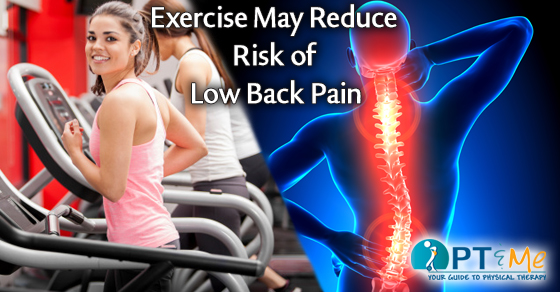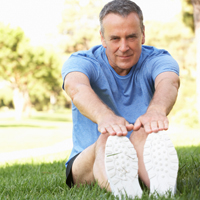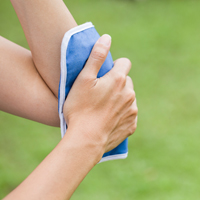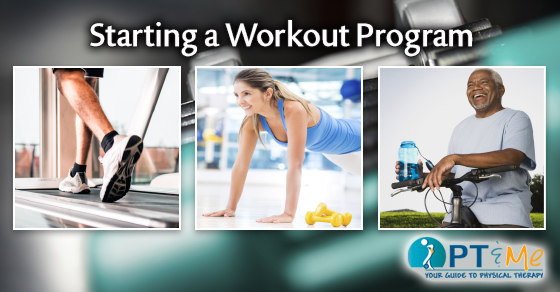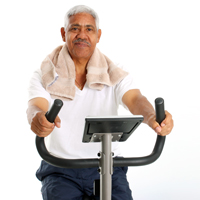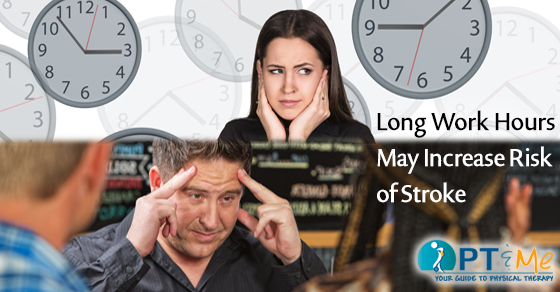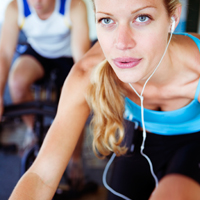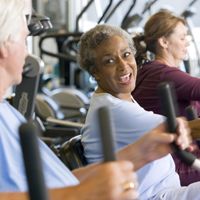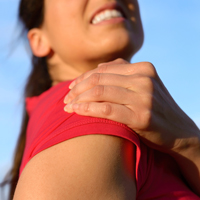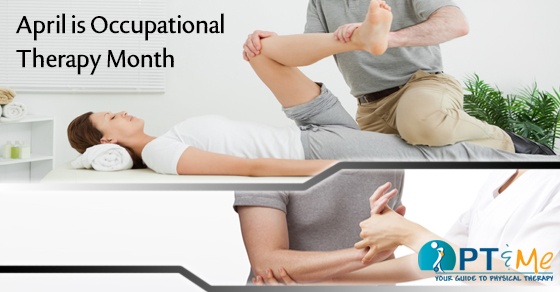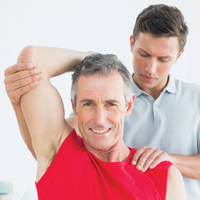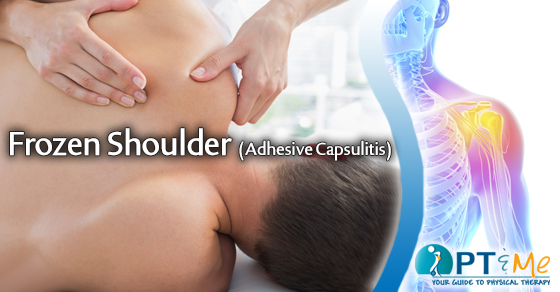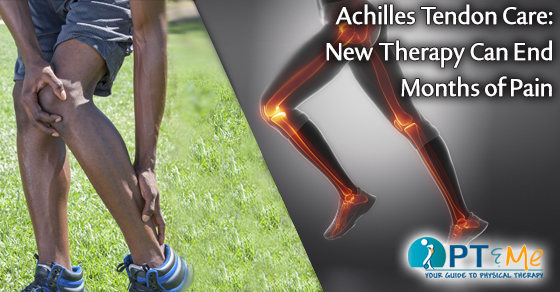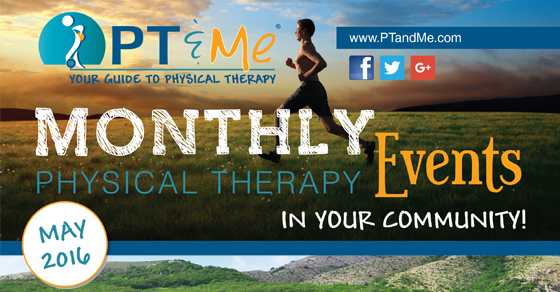
Check out our new Physical Therapy Monthly Events Calendar! Focusing on events from PTandMe.com participating physical and occupational therapy clinics. Read more to find out what’s happening in your community in May 2016!
GEORGIA PHYSICAL THERAPY EVENTS
JEKYLL ISLAND
DATE: May 13th, 2016 12:00 PM – 7:00 PM
2016 Turtle Crawl
CLINIC: Advance Rehabilitation Physical Therapy – Brunswick / St. Simons
Advance Rehabilitation Physical Therapy is proud to be a sponsor for the 2016 Turtle Crawl in Jekyll Island. What could be more fun or more worthwhile than running to save endangered sea turtles? Between the triathlon and 5K & 10K races, the new Beach Village will play host to Turtle Crawl Festival. Join GSTC for a celebration of the start of the sea turtle nesting season. Play in field day-style games hosted by the Center, dance with the GSTC mascot Scute during one of several live music performances on the Village Green, and grab a bite from a regional food truck. Enjoy the evening’s festivities while learning about what small changes you can do to make a huge difference in the life of a sea turtle. For event information click here. For more information about Advance Physical Therapy in Brunswick and St. Simons click here.
IDAHO PHYSICAL THERAPY EVENTS
BOISE, ID
DATE: May 7th, 2016
Boise Walk for the Cure
CLINIC: Intermountain Physical Therapy and Rehabilitation – Boise
Intermountain Physical Therapy and Rehabilitation is proud to be a sponsor for the 2016 Boise Walk for the Cure. For more information about Intermountain Physical Therapy and Rehabilitation click here.
HOMEDALE, ID
DATE: May 11th, 2016
Boise-Cascade Annual Safety Fair
CLINIC: Intermountain Physical Therapy and Rehabilitation – Boise
Intermountain Physical Therapy and Rehabilitation is a proud participant in the 2016 Boise-Cascade Annual Safety Fair. For more information about Intermountain Physical Therapy and Rehabilitation click here.
MICHIGAN PHYSICAL THERAPY EVENTS
ARMADA, MI
DATE: May 16th, 2016
New Clinic Opening
CLINIC: Plymouth Physical Therapy – Armada
Plymouth Physical Therapy is excited to announce the opening of its 15th location in Armada, MI. The Armada Center is scheduled to open its doors and accept new patients on Monday, May 16th. For more information about Plymouth Physical Therapy Specialists you can visit them online by clicking here.
GRAND RAPIDS, MI
DATE: May 13th, 2016
Sport and Fitness Expo
CLINIC: The Center for Physical Rehabilitation – Grand Rapids
Sports & Fitness Expo is a 1 day event being held on May 13th, 2016 at the DeVos Place in Grand Rapids, MI. This event showcases product from medical, pharmaceutical, sporting goods, toys and game industries. Free admission, open to public, 100+ vendors, food samples, discounted apparel and prize drawings. For more information about The Center for Physical Rehabilitation click here.
STERLING HEIGHTS, MI
DATE: May 12th, 2016
Ford/Sterling Heights Plant Health Fair
CLINIC: Fit2WRK Therapy Partners of Michigan
Fit2WRK provides an integrated approach to ensuring overall client satisfaction. Our industrial specialists will review your own needs and co-develop programs designed to expedite return to work as well as positively impact future injury costs. For more information on Fit2WRK please visit their website here.
MISSISSIPPI PHYSICAL THERAPY EVENTS
CLINTON, MS
DATE: May 19th, 2016 5:00pm – 7:00pm
Business Block Party
CLINIC: Arrowhead Physical Therapy – Clinton
Arrowhead Physical Therapy and the other tenants of the Parkway Center are getting together to show off their services to the community. Stop on by the Arrowhead Physical Therapy Clinic to meet the staff, see the clinic and have a great time! For more information about Arrowhead Physical Therapy in Clinton, MS click here.
TENNESSEE PHYSICAL THERAPY EVENTS
BOLIVAR, TN
DATE: May 13th, 2016
Physical Therapy Open House
CLINIC: STAR Physical Therapy – Bolivar
STAR Physical Therapy is celebrating 10 years in the Bolivar community. We couldn’t think of a better way to celebrate than with an Open House! Join for food and fun, meet our therapists and see the clinic. For more information about STAR Physical Therapy – Bolivar visit their website by clicking here.
NASHVILLE, TN
DATE: May 13th, 2016 4:00 PM – 6:00 PM
Free Run Well Event
CLINIC: STAR Physical Therapy – East Nashville
Join health and wellness experts discussing and demonstrating ways to enhance your exercise routine and running technique to improve ease, comfort and performance. This free event will provide several approaches including a specific assessment of your running biomechanics through video analysis. For more information about STAR Physical Therapy visit their website by clicking here.
OOLTEWAH, TN
DATE: May 15th, 2016 12:30PM – 3:00PM
Taste of Ooltewah and Harrison
CLINIC: STAR Physical Therapy – Ooltewah
The 2nd ANNUAL TASTE OF OOLTEWAH AND HARRISON that was rained out last weekend will now take place on Sunday, May 15th! Join us and Ooltewah Harrison Education Foundation from 12:30-3:00 at Cambridge Square in Ooltewah for this great event! James Gose, Ooltewah Clinic Director, will be on hand providing free balance assessments and answering any physical therapy questions that you may have. https://www.facebook.com/events/1724699561149707/
TEXAS PHYSICAL THERAPY EVENTS
ARLINGTON, TX
DATE: May 12th, 2016 5:30 PM – 8:30 PM
Physician Mixer Networking Event!
CLINIC: Green Oaks Physical Therapy – Mansfield, North and South Arlington
Please join us for our Physician Mixer at Bar Louie, Arlington Highlands. A fun evening of networking with your peers from the Arlington/Mansfield area. There will be complimentary drinks and appetizers. Door prizes include: Fit Bit, Apple TV, Google Chromecast, golf accessories and more! For more information about Green Oaks Physical Therapy click here.
FORT WORTH, TX
DATE: May 6th, 2016 11:30am – 1:00pm
Green Oaks Physical Therapy 5th Annual Cookout!
CLINIC: Green Oaks Physical Therapy – Fort Worth
Come and experience some Green Oaks Hospitality. Stop by for brisket, ribs & sides. Check out the clinic & meet the staff!! Please RSVP to 817-335-7946 and enjoy some great food and fun. Located at 160 W. Magnolia Avenue, Suite 2, Fort Worth, TX 76104. For more information about Green Oaks Physical Therapy in Fort Worth click here.
FORT WORTH, TX
DATE: May 12th, 2016 1:00pm – 4:00pm
GE Manufacturing Solutions 2016 Health Ahead Day
CLINIC: Physical Therapy of Trophy Club – Trophy Club
Physical Therapy of Trophy Club will be available to GE Employees at the GE Manufacturing Solutions 2016 Health Ahead Day. Along with others we will go over ways to live a safe healthy and stress free life. For more information about Physical Therapy of Trophy Club click here.
HOUSTON, TX
DATE: May 25th, 2016
National Senior Health & Fitness Day 10:00am – 12:00pm
CLINIC: Action Physical Therapy – Houston
Action Physical Therapy, in Houston, TX is proud to be participating in the 23rd Annual National Senior Health and Fitness Day! Join us in Houston’s First Baptist Church – Harbor Room for hearing tests, bone density scans and to meet our fitness trainers! A healthy lunch will be provided for the first 50 attendees. For more information about Action Physical Therapy in Houston, click here.
LAS COLINAS, TX
DATE: May 14th, 2016
Habitat for Humanity Build with Green Oaks Physical Therapy
CLINIC: Green Oaks Physical Therapy – Las Colinas
The Green Oaks Physical Therapy team members from Las Colinas, Fort Worth, and South Arlington are participating in a Habitat for Humanity build. If you happen to be out there come see us and help us with a great cause! For more info on the Dallas area Habitat for Humanity click here. For more information on Green Oaks Physical Therapy, click here.
WISCONSIN PHYSICAL THERAPY EVENTS
WAUSAU, WI
DATE: May 03rd, 2016, 7:30 AM – 12:00 PM
Worker’s Compensation Symposium
CLINIC: Sport & Spine Physical Therapy
No cost to attend! This event is designed to be of interest to anyone who works for or cares for, Wisconsin’s workforce. Employers, HR directors, safety directors, case managers, nurses, physicians and physician’s assistants. Hosted by Sport & Spine Physical Therapy of Weston. Click here for more information or visit their website here.
Click here to print a downloadable events flyer.

